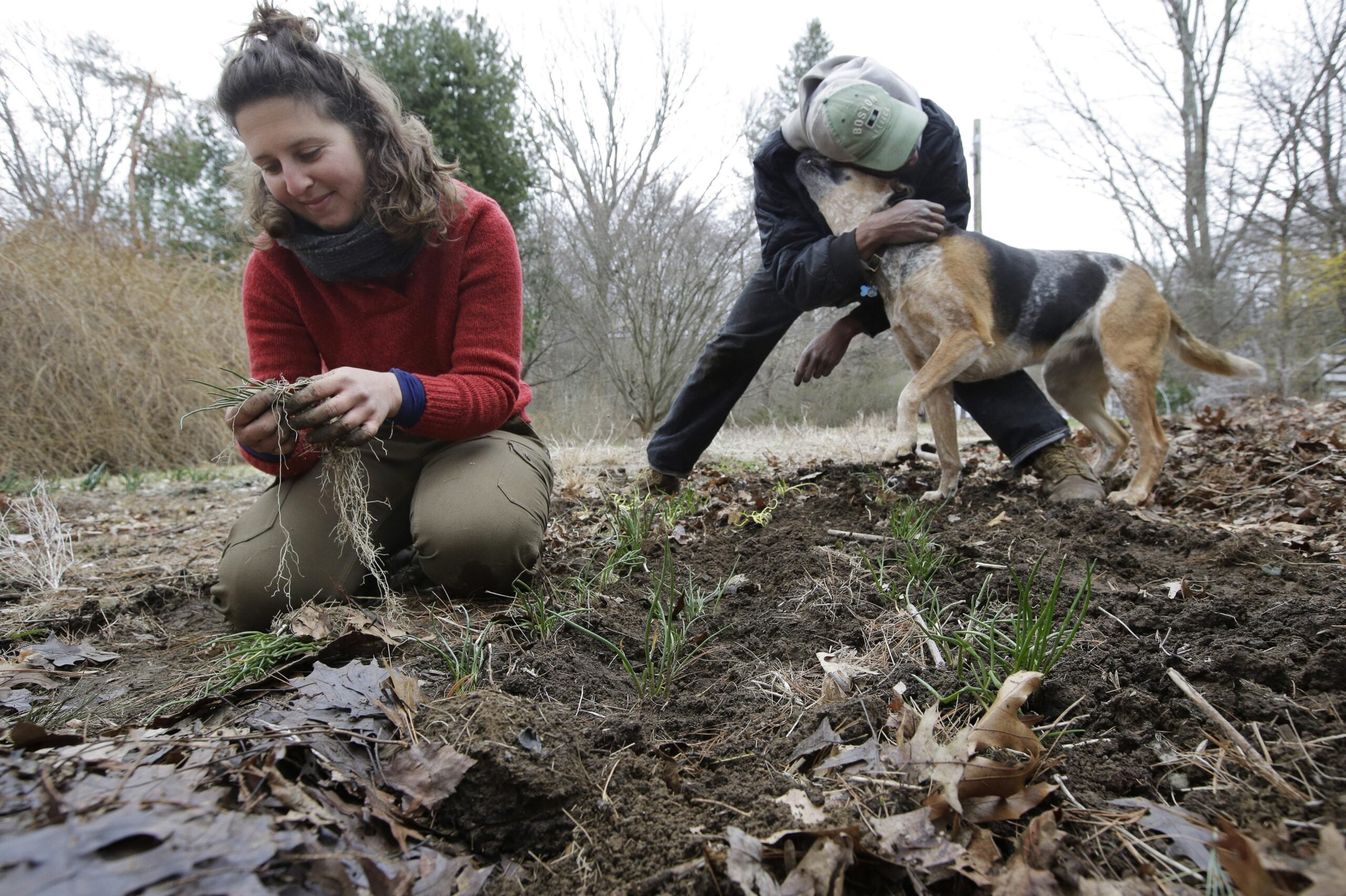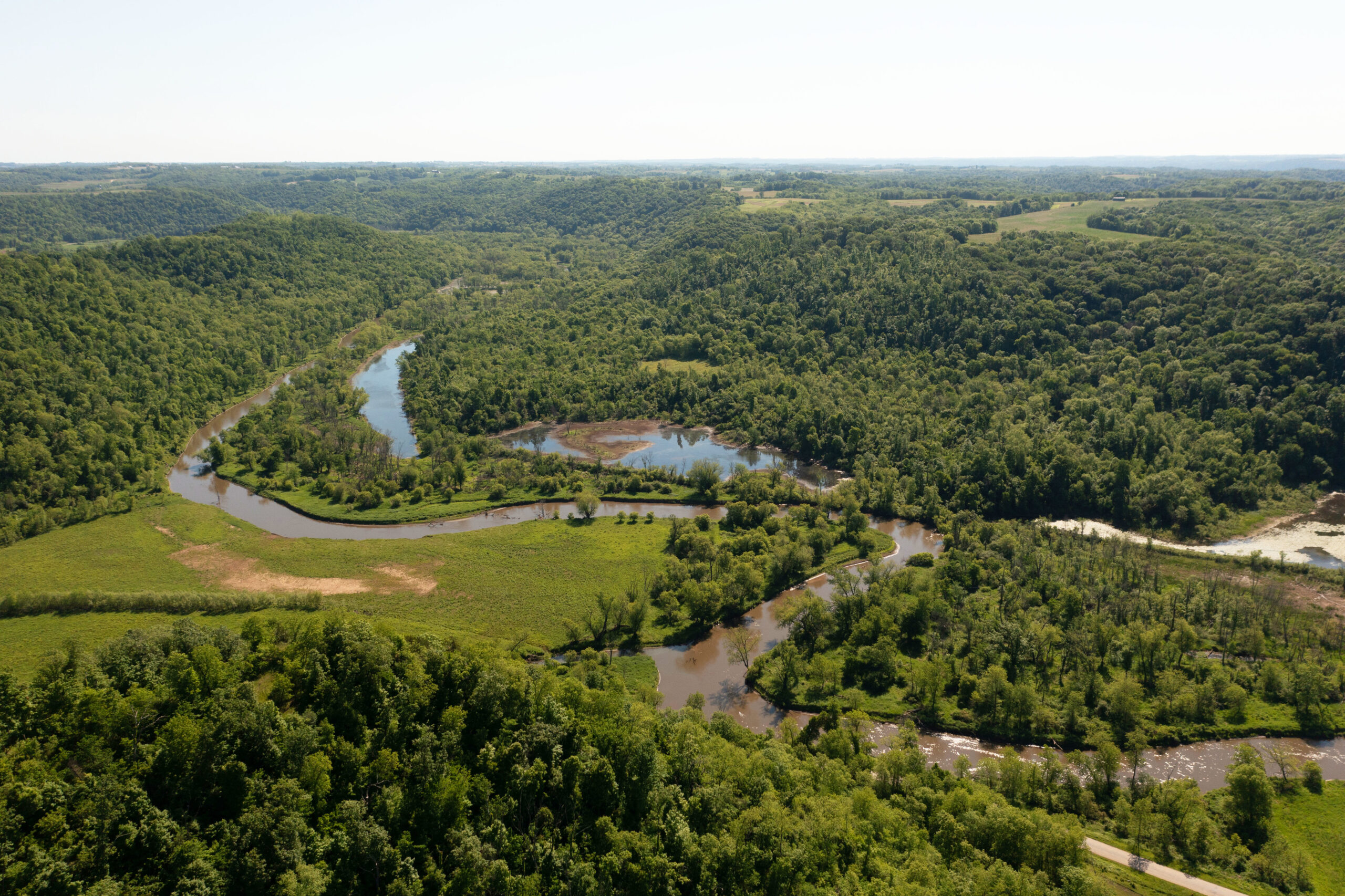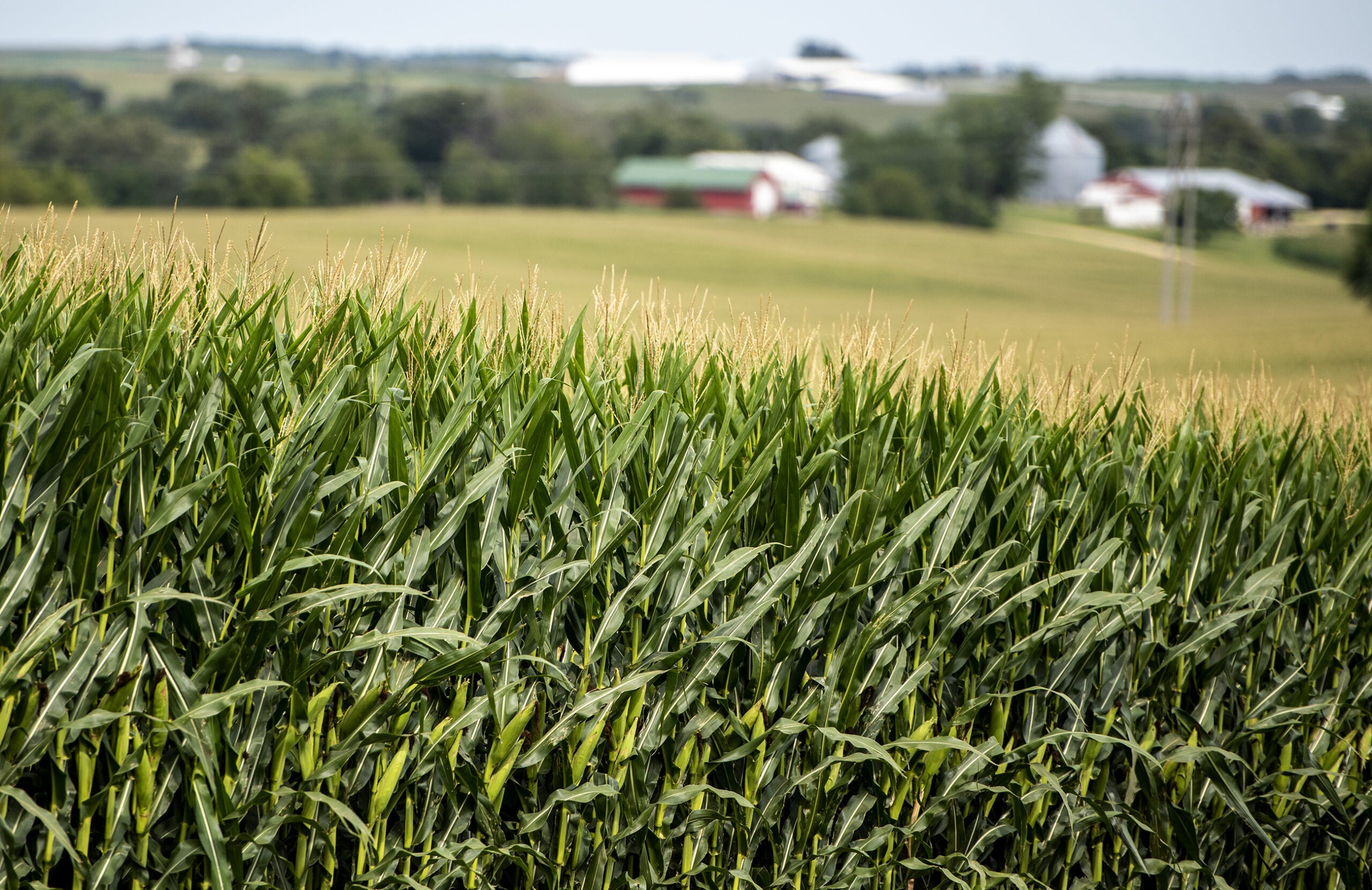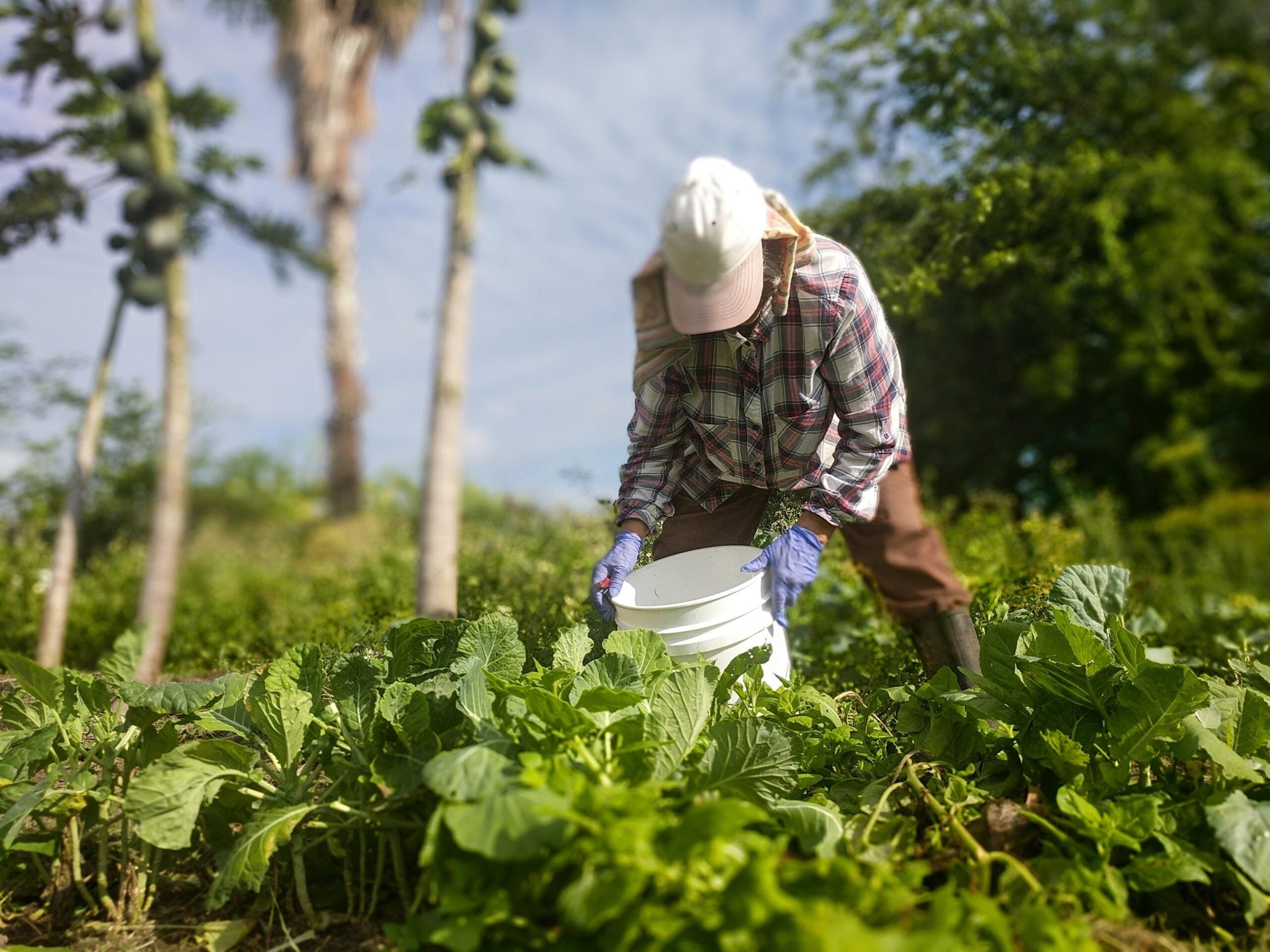A new initiative hopes to connect the growing number of women farmers and landowners in Wisconsin with federal conservation programs.
Wisconsin Women in Conservation is a three-year program funded by the state office of the U.S. Department of Agriculture’s Natural Resources Conservation Service (NRCS).
Led by farmer groups like the Michael Fields Agricultural Institute and Wisconsin Farmers Union, the initiative hopes to provide regional workshops, field days and mentorship programs focused on land and water conservation. The program started a series of regional meetings on Zoom this week and organizers hope to offer in-person activities this summer.
News with a little more humanity
WPR’s “Wisconsin Today” newsletter keeps you connected to the state you love without feeling overwhelmed. No paywall. No agenda. No corporate filter.
Kriss Marion, communications director for the project, said NRCS started the effort as a way to increase involvement in federal conservation programs.
“We want to see more conservation done on the land. We want to get more people in the pipeline,” Marion said. “But I think the broader goal is really to create a culture of women feeling comfortable interacting with USDA, NRCS, their conservation offices, and with women taking the lead in putting visible changes on the land.”
According to the USDA’s 2017 Census of Agriculture, 35 percent of Wisconsin producers are women, a 16 percent increase from the previous survey in 2012.
Marion said the initiative also hopes to involve the growing number of women in the state who own land.
“Some of it’s because their husbands who were farming have died, and now they maybe are renting the land to local farmers, and they want to take an interest in how it’s managed,” Marion said.
She said women have historically been underserved by federal farm programs in part because they were unable to manage their own bank account or take out a loan until as late as 1974 when the Equal Credit Opportunity Act was passed.
Marion said part of the new initiative is offering women a chance to ask questions without worrying about being vulnerable.
“It’s an open space to talk about how maybe they haven’t felt as welcome in ag conversations or that they’re a little bit confused about how to access NRCS technical help,” Marion said.
Donna Martinson, one of the participants who recently purchased a farm near Amery in Western Wisconsin, said she was amazed to learn about all the funding opportunities USDA offered. But getting started isn’t easy for someone who is new to agriculture.
“There are certain pieces of paperwork and filing and record keeping and deadlines, there’s just a lot. And like many situations, when you come in as a new person, there’s no packet that says, ‘Welcome, here’s everything you need to know,’” Martinson said. “I didn’t find a lot of direction. And of course in any system, any profession, there’s specific language and terminology and shorthands…you have to learn.”
Martinson said she was drawn to farming as a way to invest in more sustainable living and local food. She recently converted the 10-acre property she co-owns to pasture and hopes to start grazing livestock.
She said she’s hopeful the Wisconsin Women in Conservation program will help her navigate the complex system and connect with more experienced producers who can coach her through getting started.
Wisconsin Public Radio, © Copyright 2026, Board of Regents of the University of Wisconsin System and Wisconsin Educational Communications Board.





